
15 Freelance Newsletters to Subscribe To
Want to stay ahead of the curve in the world of freelancing? Whether you’re new to the game or looking to take your freelance career to the next level, subscribing to industry newsletters is a great way to find the tools, inspiration, and insider tips you need to succeed.
Here’s a compilation of the best freelance newsletters to help you stay up-to-date on the latest trends, tips, and strategies.
The Top 15 Freelance Newsletters
The Writer’s Job Newsletter scours the internet to bring you the best freelance writing opportunities, delivered straight to your inbox every week. Whether you’re a seasoned pro or just starting out, this newsletter helps you stay on top of the latest writing gigs.
Content Connect by Ashley R. Cummings delivers valuable tips, strategies, and expert advice to help you improve your writing skills and grow your career. This weekly newsletter is packed with actionable tips, case studies, and examples to help you create more engaging and effective content.
Kaleigh Moore’s Weekly Newsletter is a free bi-weekly newsletter for writers. Each edition is filled with valuable tips and resources to help you improve your writing process, find new work, and cultivate new ideas. This newsletter covers a wide range of topics, from crafting compelling pieces to pitching to editors and more.
Freelance Bold by Marijana Kay is for you if you want to earn more by working with better clients, plan your freelance writing projects with boundaries (and without burnout), and get organized with strong processes. It’s delivered to inboxes weekly.
Peak Freelance’s Newsletter is designed specifically for writers looking to work with bigger and better clients, build a personal brand, and increase their rates. The weekly newsletter features the best freelance writing opportunities, along with tips and strategies to help you improve your writing skills, build your portfolio, and scale your business.
The Word by Dave Harland is a weekly marketing and copywriting newsletter that hits inboxes every Friday. Each edition is packed with valuable tips, techniques, and real-life stories to help you improve your marketing and copywriting skills.
Harlow’s Newsletter is a monthly newsletter that tackles the topics that matter most to the freelance community. From planning for an upcoming recession to navigating the ups and downs of freelance life to compilations of resources created to help you grow your business — we’ve got you covered.
Soloist Sundays by Winning Solo provides subscribers with valuable content and actionable insights that will help you thrive as a freelancer. And the best part? Each edition, delivered to inboxes twice a month, can be read from top to bottom in just five minutes.
Kat Boogaard’s Newsletter delivers freelancing tips, helpful advice, and freelance gigs straight to your inbox on a weekly basis. As a bonus, you’ll also receive Kat’s top ten tips for getting started as a freelancer directly after subscribing.
Kaitlyn Arford’s Newsletter is great for freelancers on the hunt for new clients. With 100 freelance opportunities delivered directly to your inbox every Friday, you’re guaranteed to find your dream gig.
Dear Freelancer by Brooklin Nash is a brand new newsletter chock-full of answers to top freelancing questions. You’ll get insight on Brooklin’s personal experiences as a freelancing pro, and more. If you want to learn from the best, we couldn’t recommend this newsletter more.
The Gazette by Freelancing Females is a weekly newsletter serving up top tips, freelancing gigs, and conversations for the world’s largest community for freelancing women.
Freelance Flow delivers leads, job opportunities, and freelance business tips to your inbox every Monday through Thursday. This newsletter is perfect for freelancers looking to take their biz to the next level!
Opportunities of the Week Newsletter by Sonia Weiser is a great resource for freelance writers who are tired of searching for new gigs. Sonia does the work for you by sending writing job postings to your inbox every Tuesday and Thursday.
Freelance Feels is a monthly newsletter full of coach and writer, Jenny Holliday’s, thoughts and experiences surrounding solopreneurial life. Subscribe for advice, camaraderie, mental health transparency, and more.


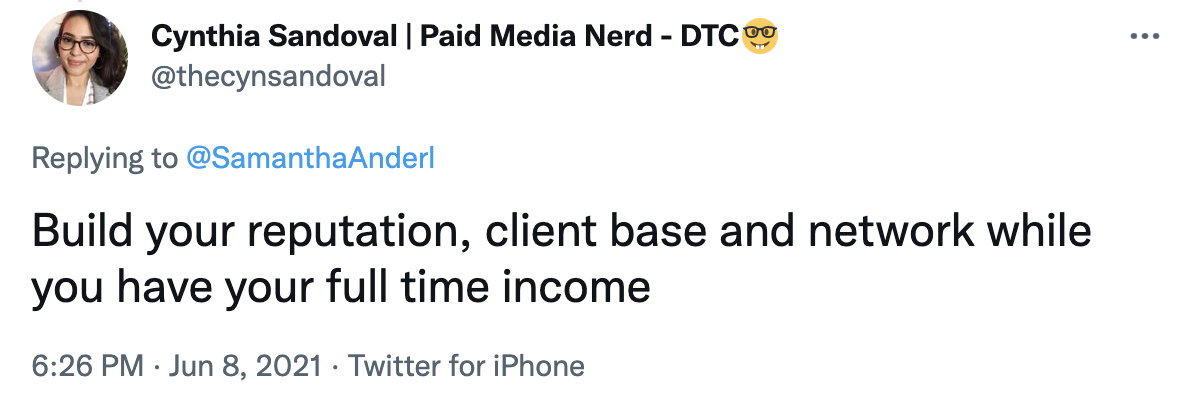
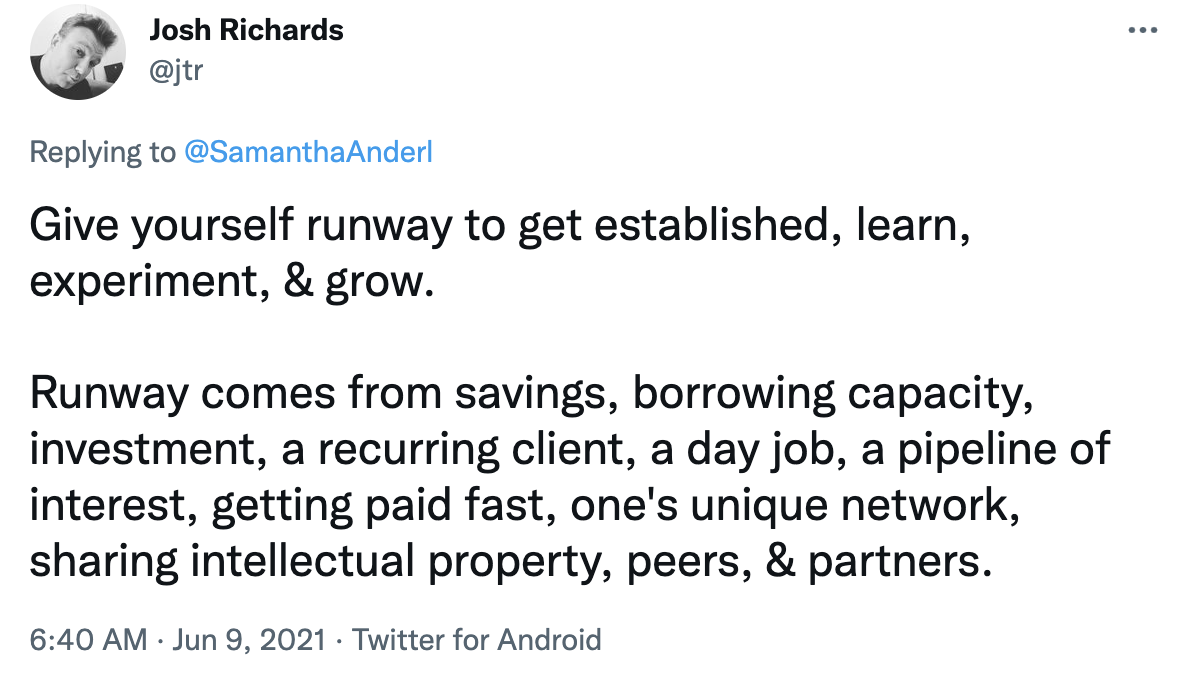
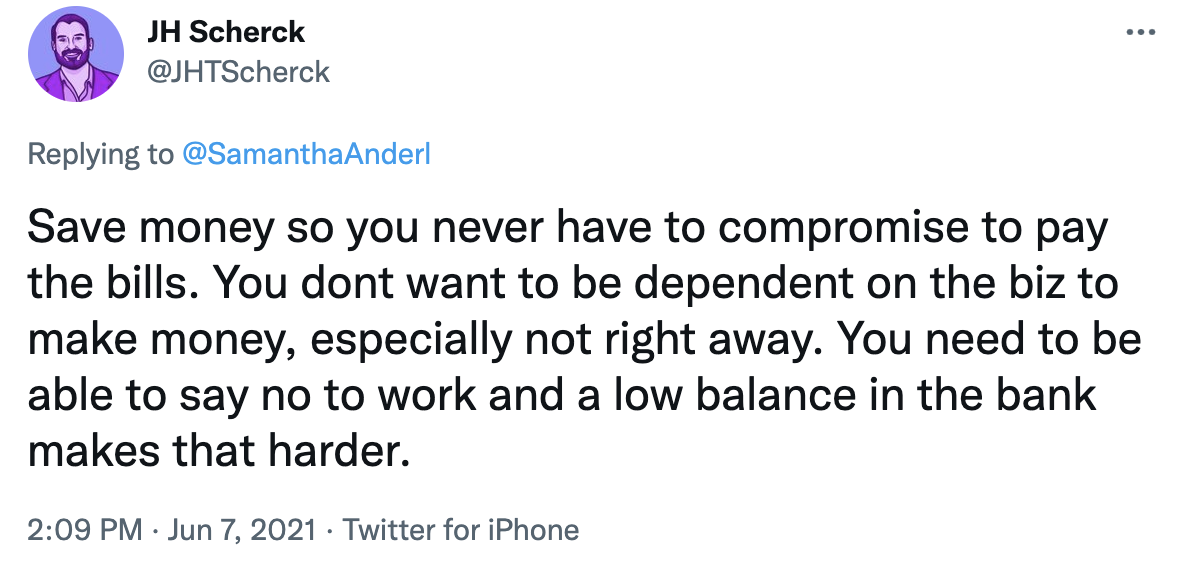


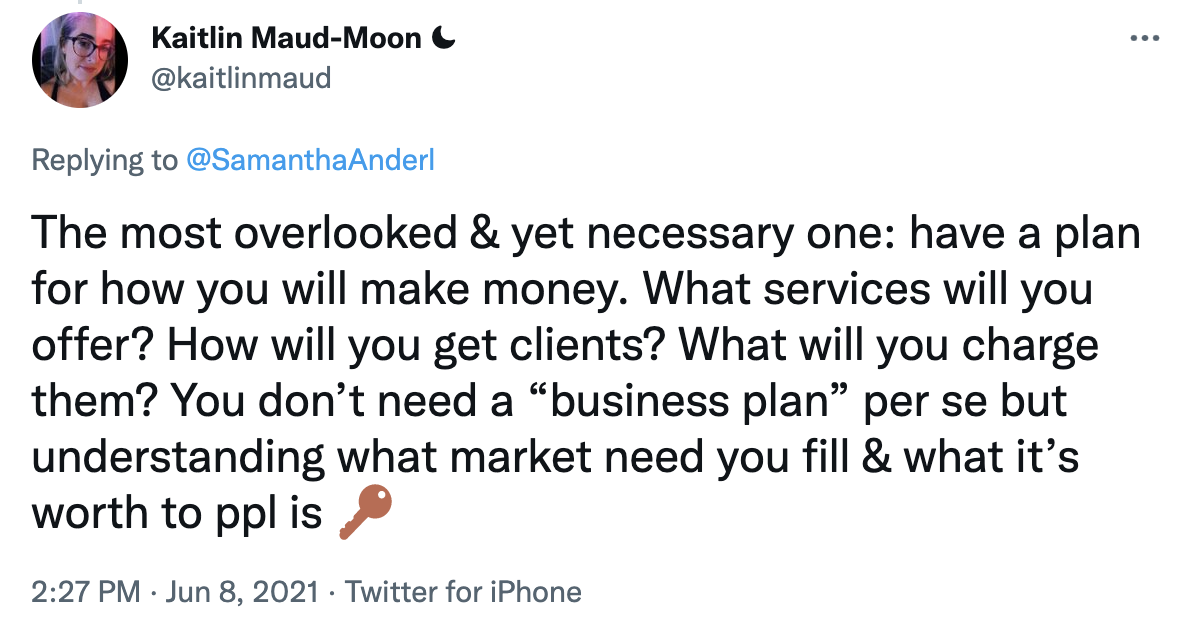
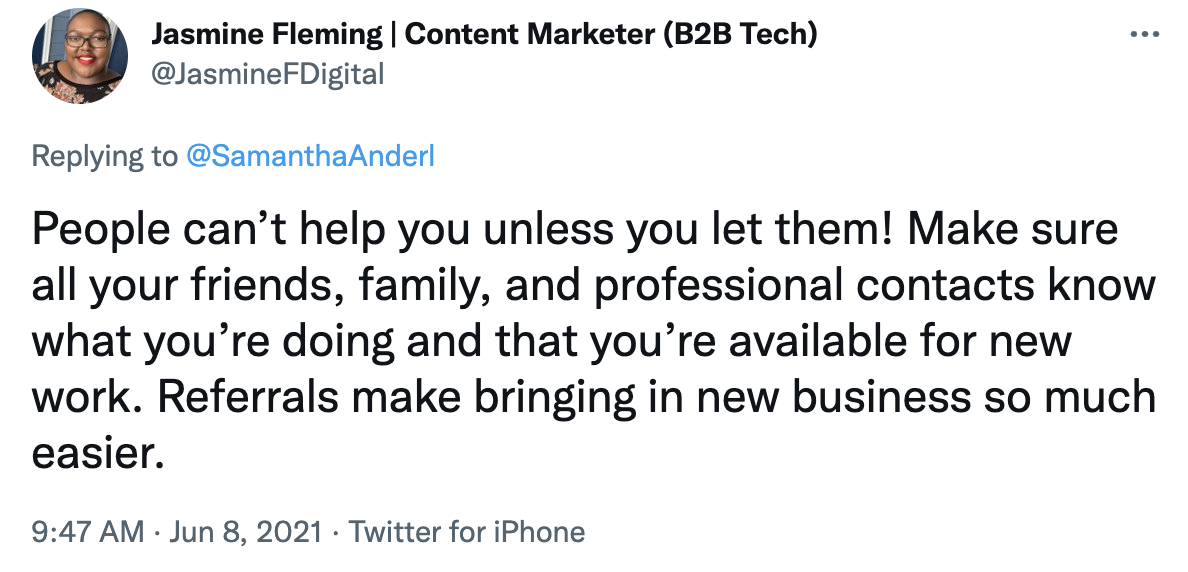
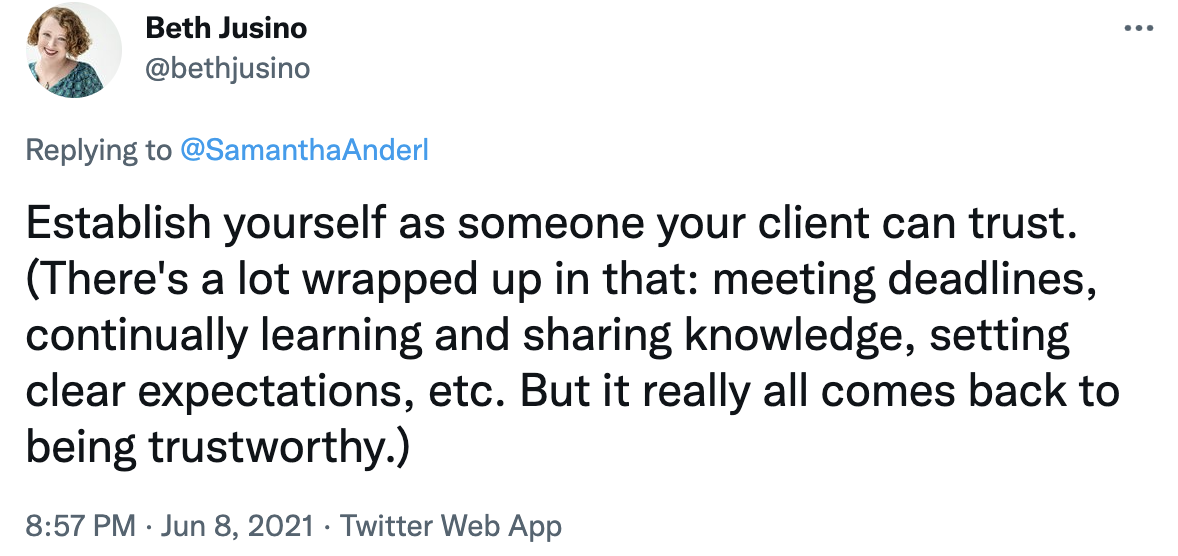
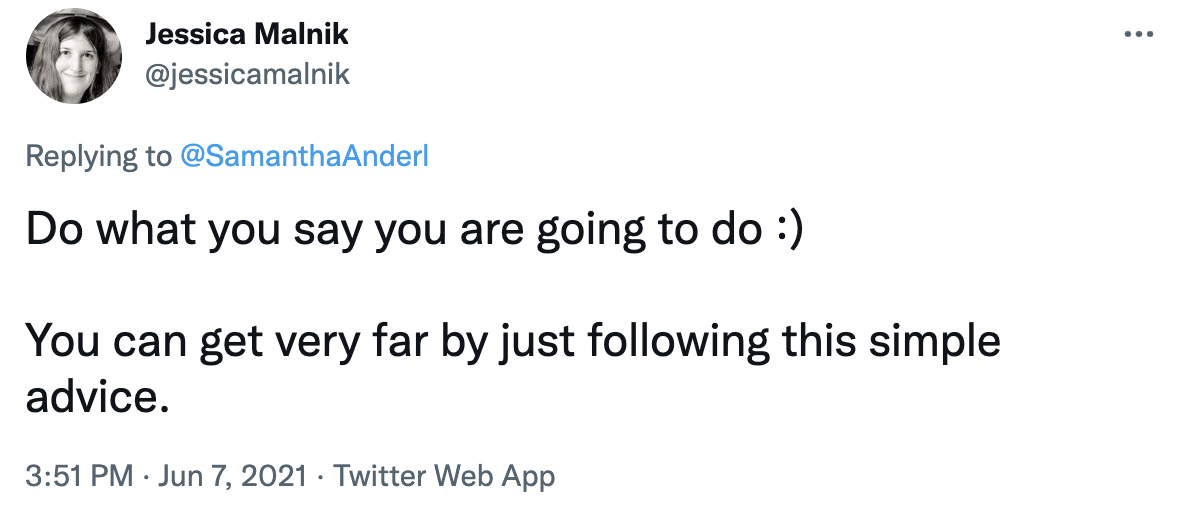
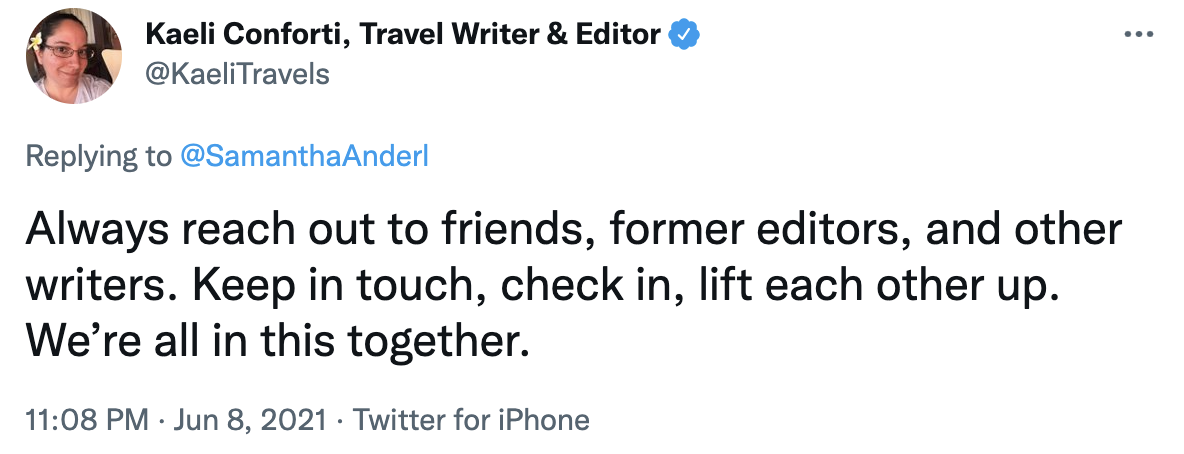
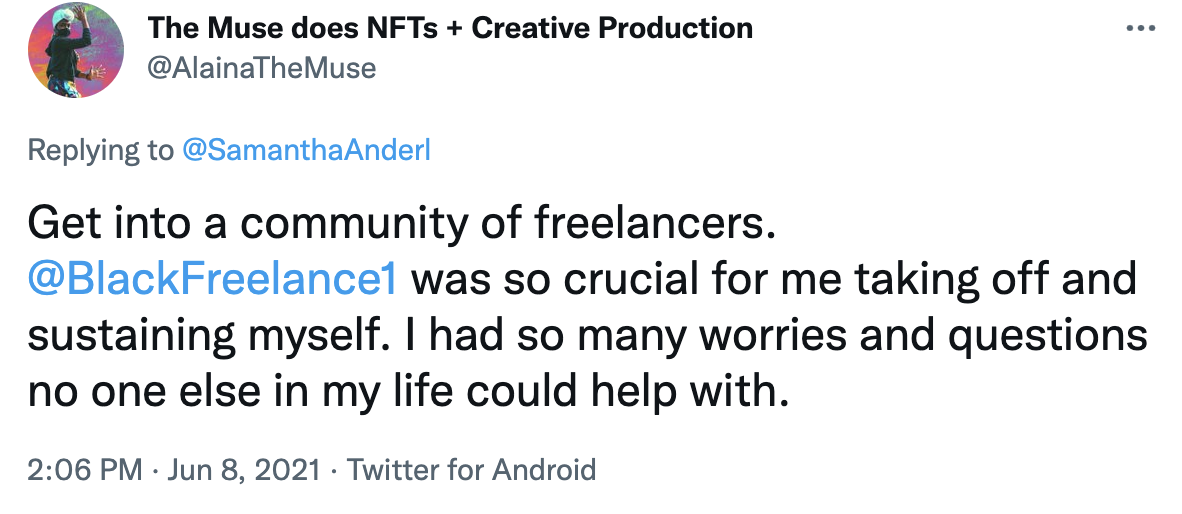
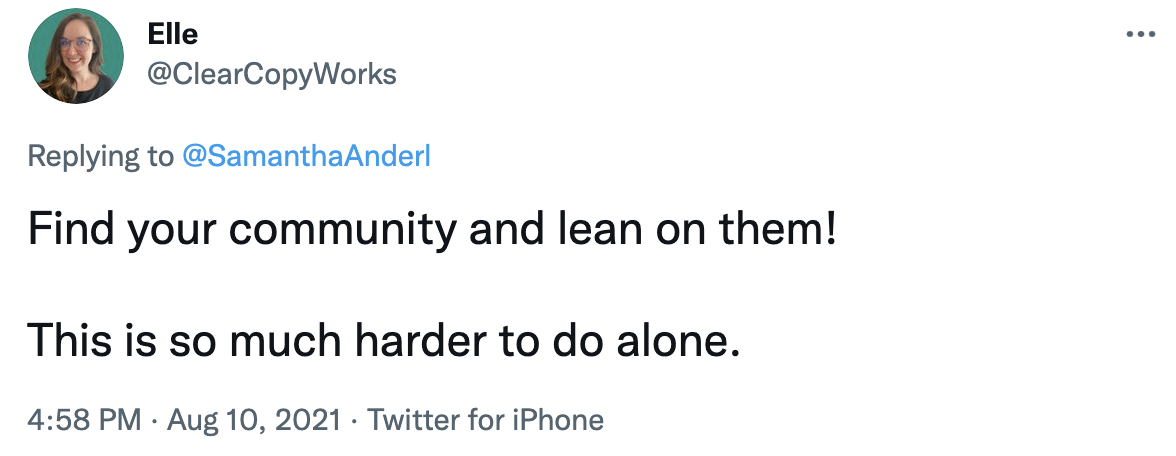
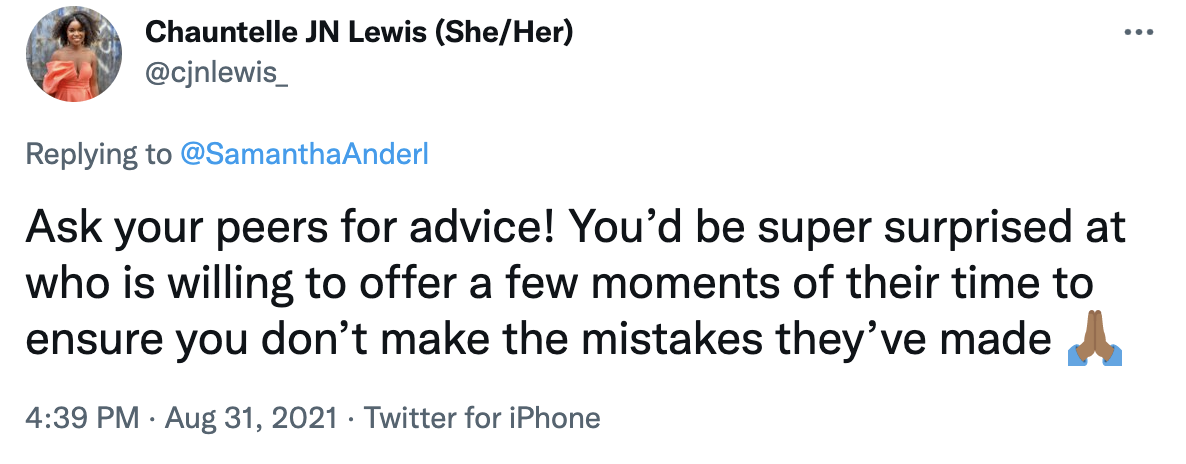
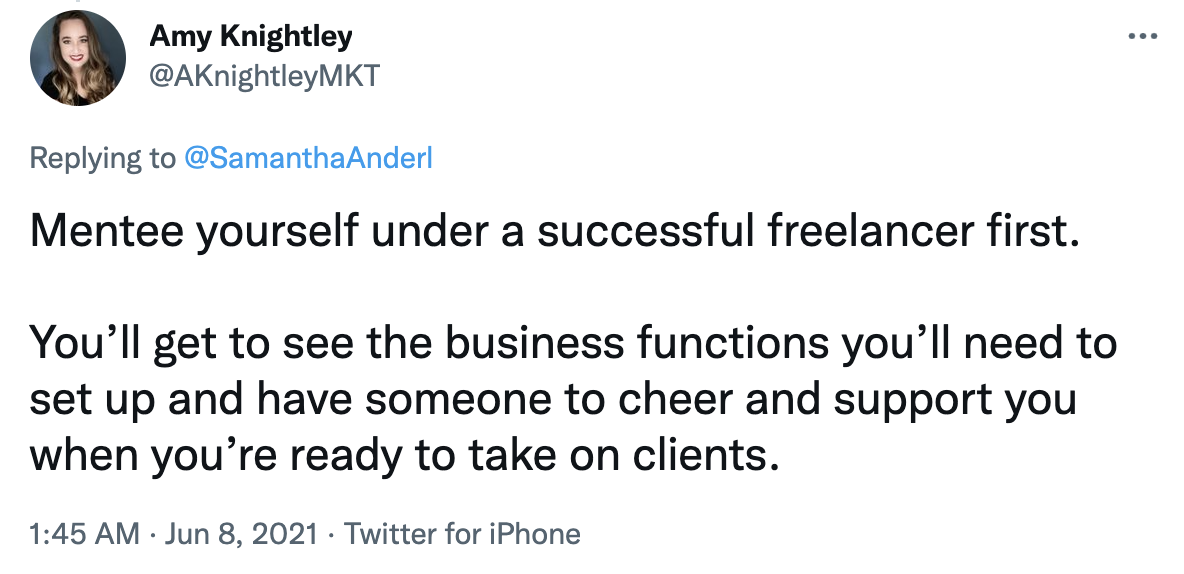
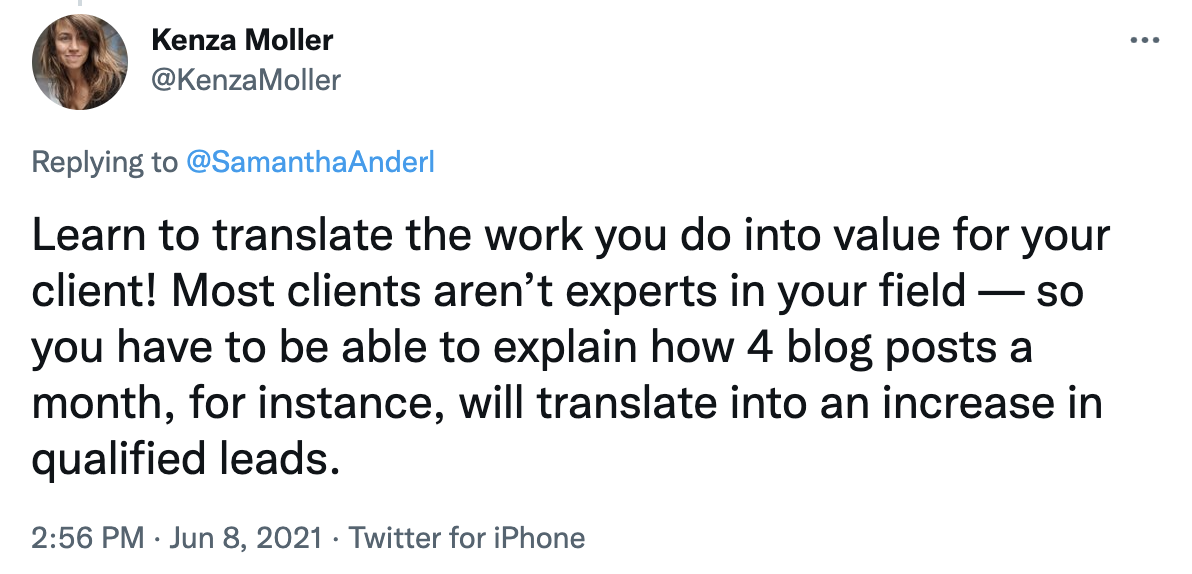
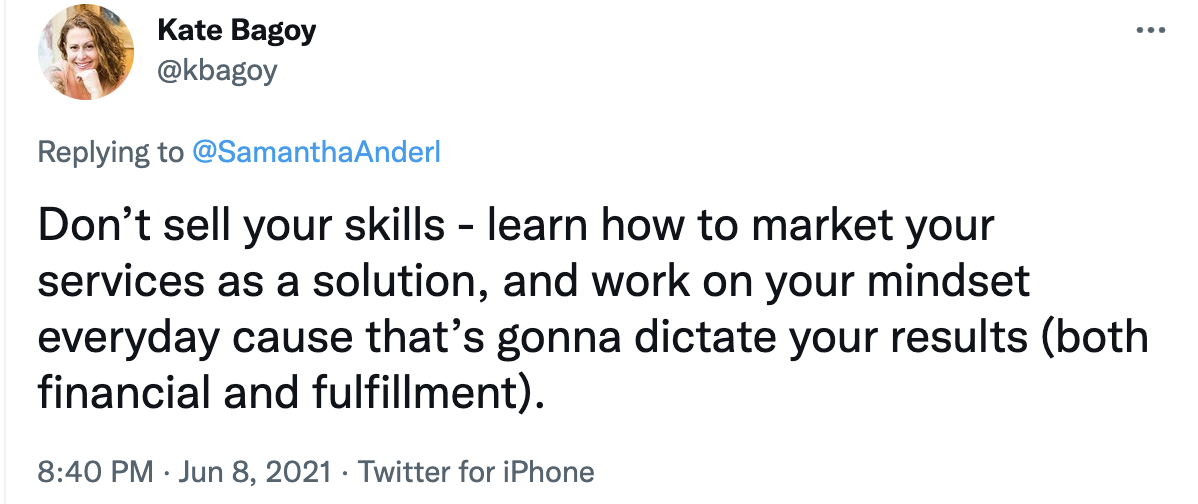
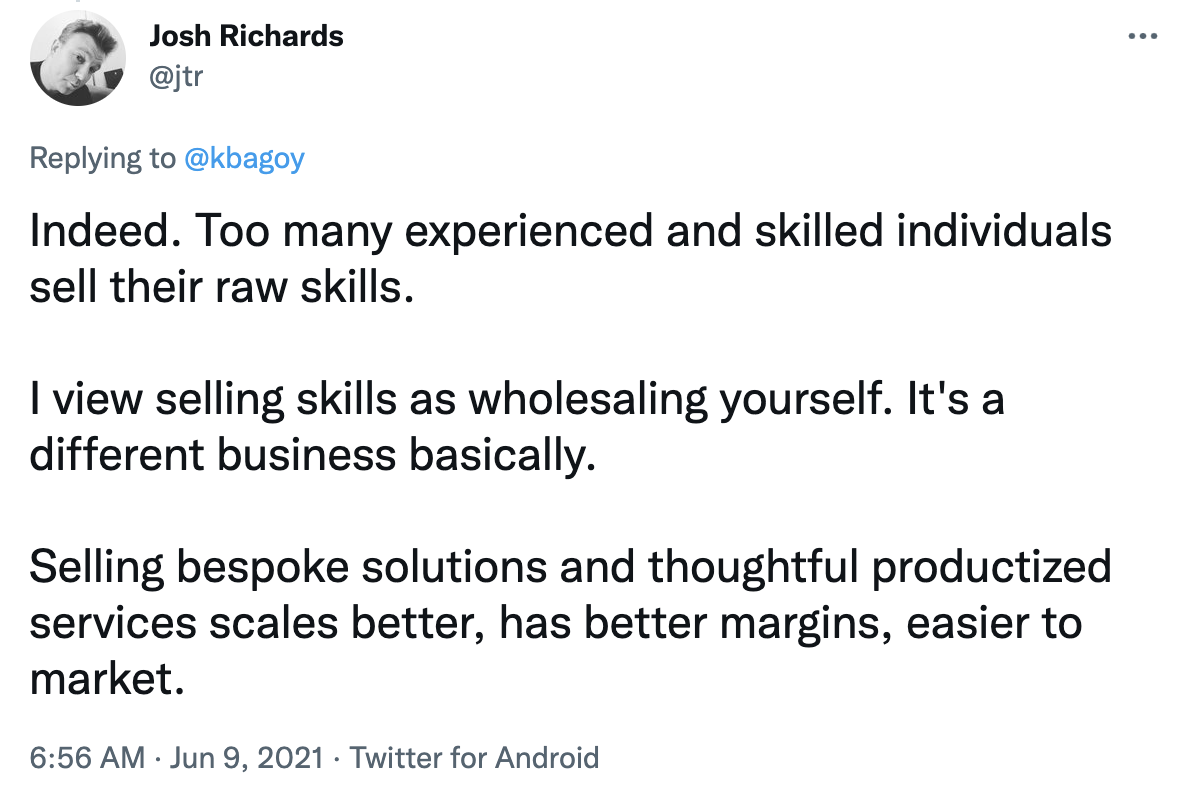

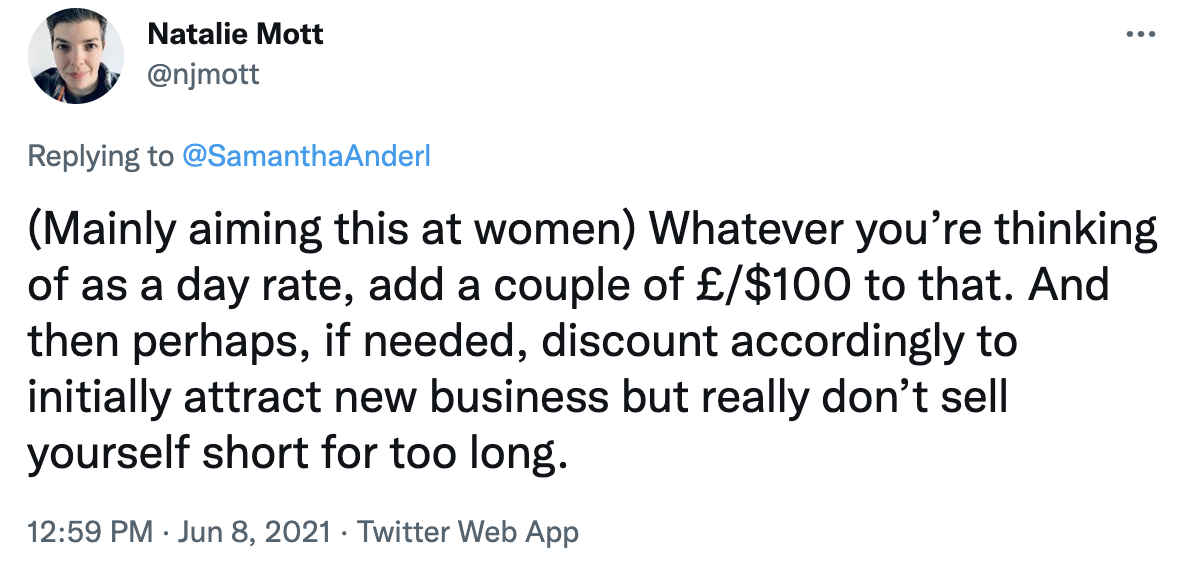
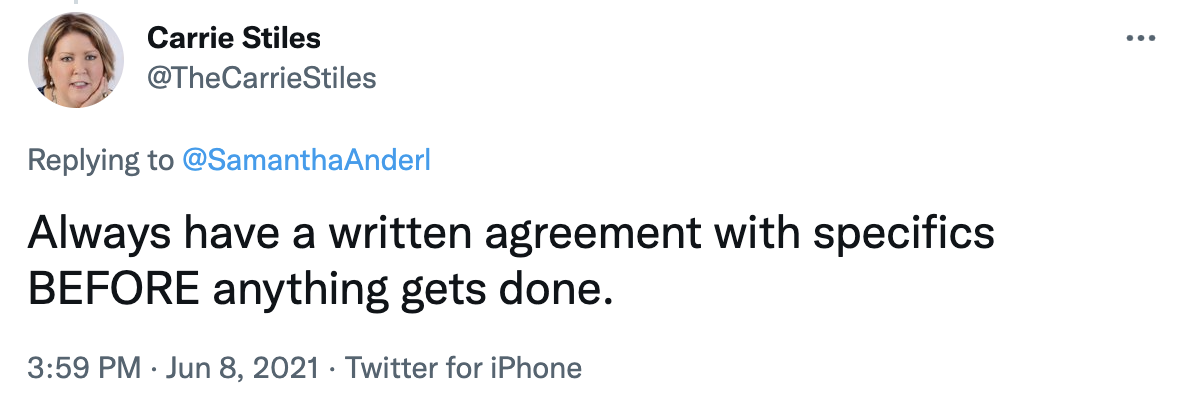
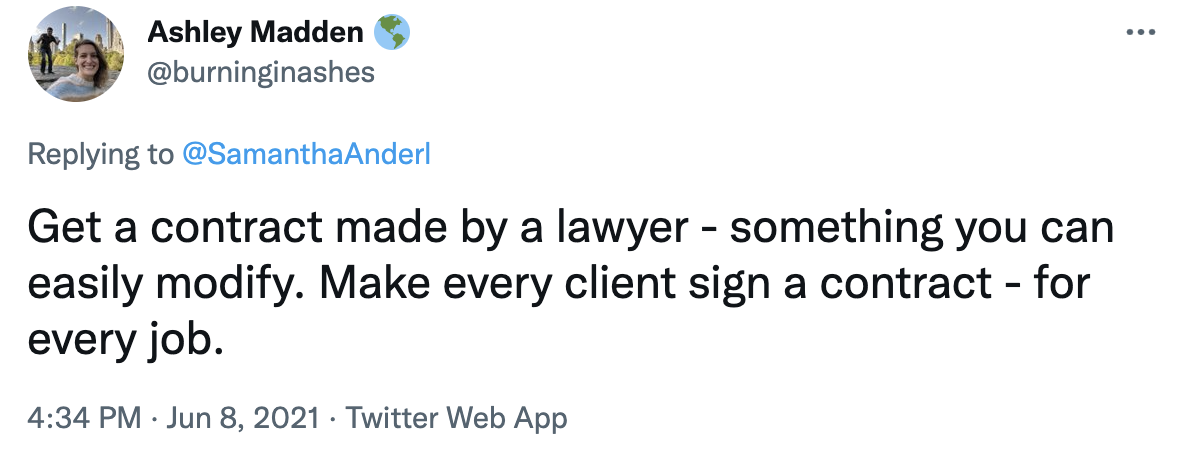
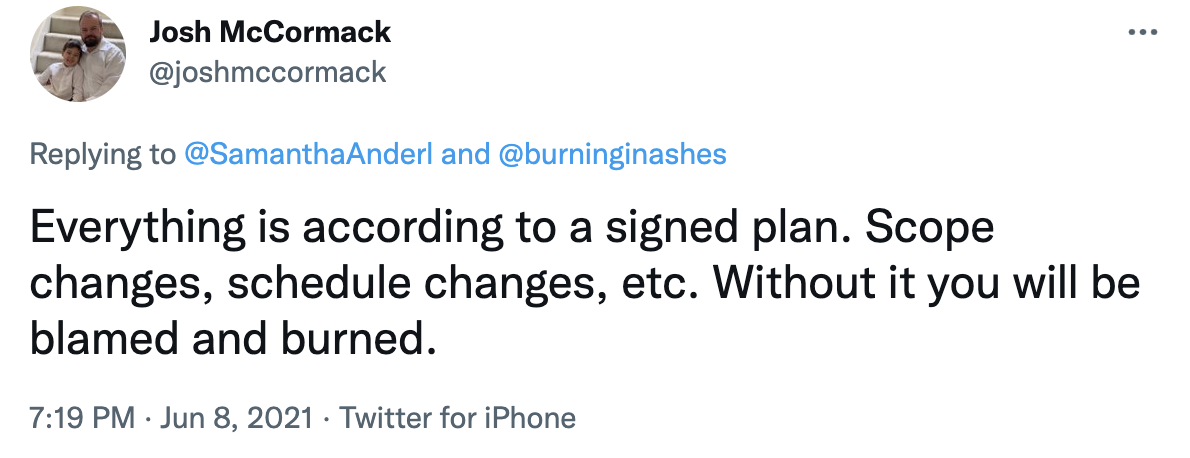

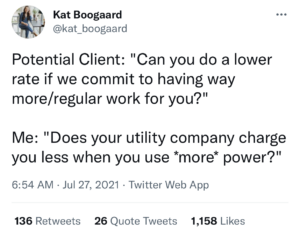
Recent Comments